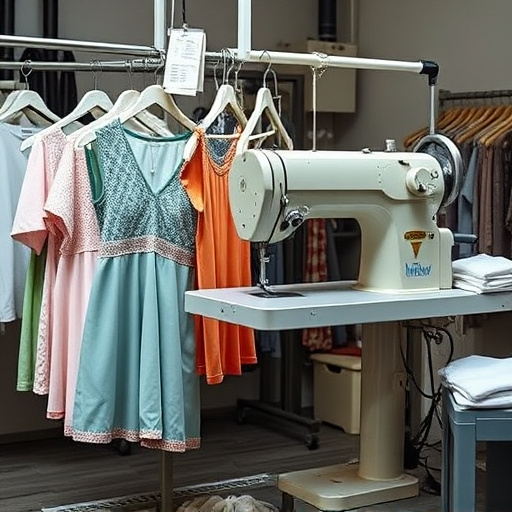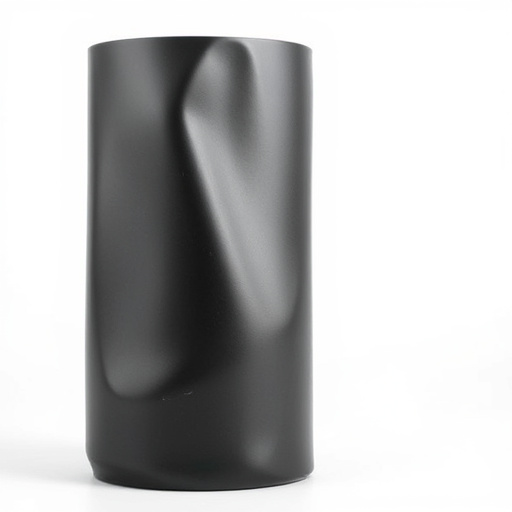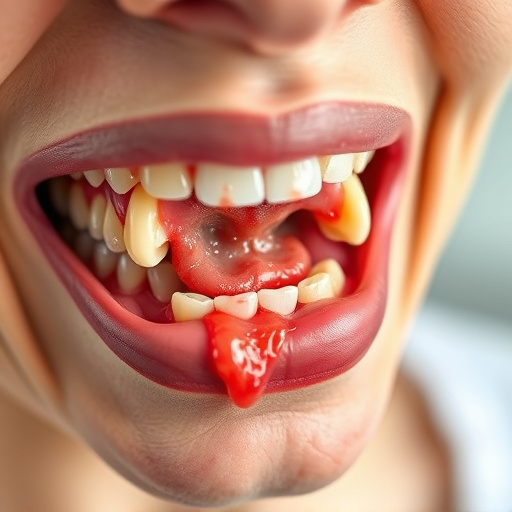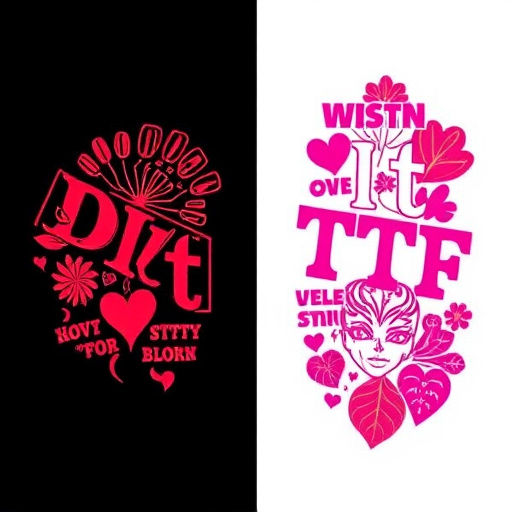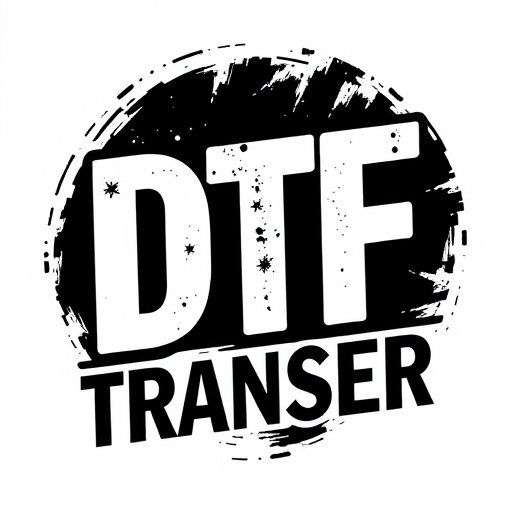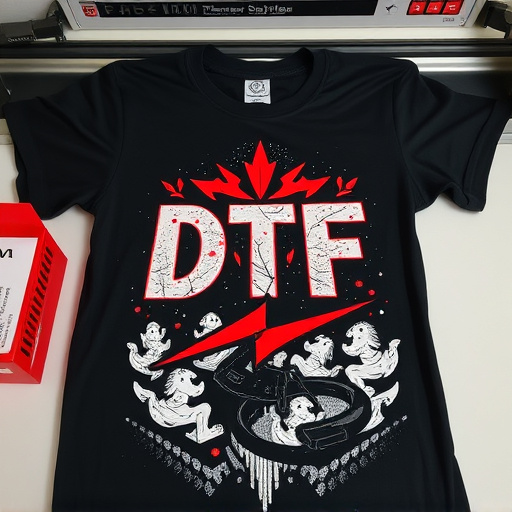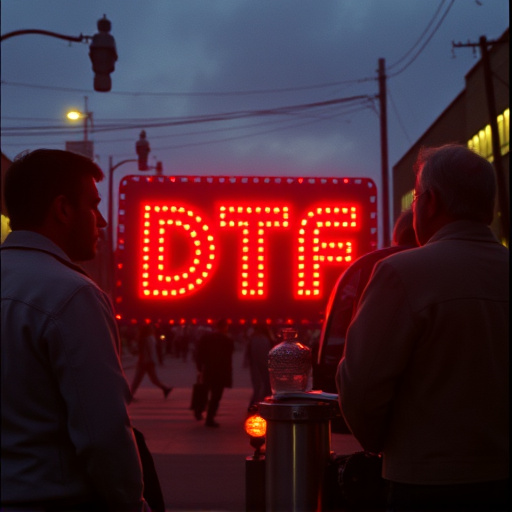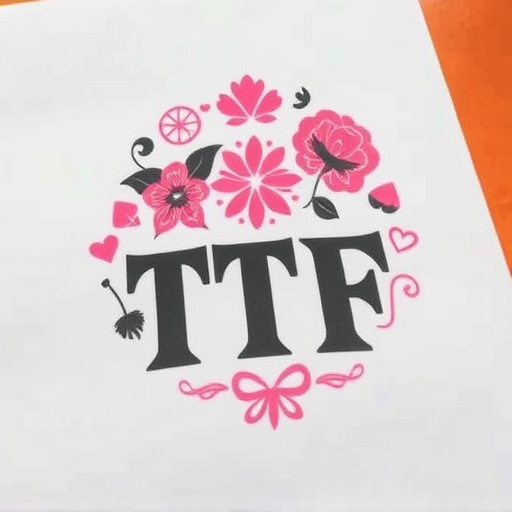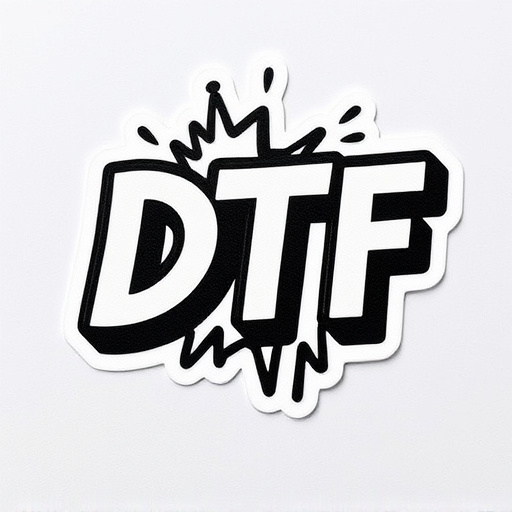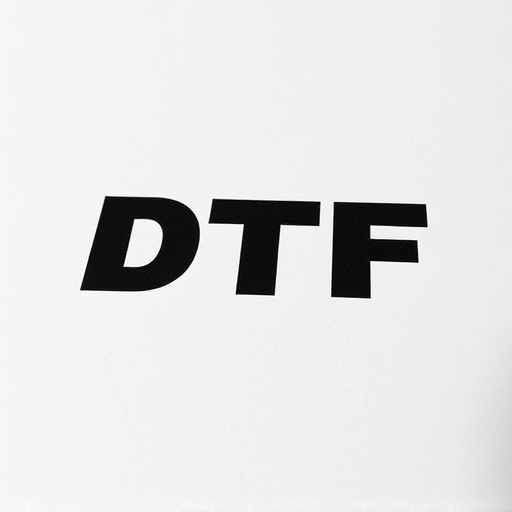Direct-to-film (DTF) transfers are a cutting-edge printing technology that offers high-quality, durable prints on various materials. By eliminating traditional steps and using specialized equipment, DTF provides precise, vibrant colors and crisp details. Ideal for businesses, DTF is versatile, cost-effective, and fast, making it perfect for advertising, event branding, and promotional displays. Its durability ensures outdoor advertising remains vivid and legible. The process involves preparing digital files, printing on film, curing, and transferring to substrates like plastic or metal. Choosing the right materials and equipment is key to achieving top-quality DTF prints. DTF's growth is driven by technological advancements, with higher resolutions, expanded color gamuts, and faster production times enhancing its appeal for impactful advertising and branded merchandise. AI integration streamlines design processes, making on-demand printing more accessible.
“Unlocking the potential of commercial-grade direct-to-film (DTF) transfers for business applications is a game-changer. This cutting-edge technology allows businesses to create vibrant, durable DTF prints with precision and efficiency. From eye-catching signage and packaging to specialized industrial marking, DTF offers unparalleled versatility.
This comprehensive guide explores the benefits of commercial-grade DTF, delving into its process, essential materials, and diverse use cases across various industries. Discover how DTF printing is revolutionizing brand visibility and product identification.”
- Understanding Direct-to-Film (DTF) Transfers: A Comprehensive Overview
- Benefits of Commercial-Grade DTF for Business Applications
- The Process: From Design to Final DTF Print
- Choosing the Right Materials and Equipment for Optimal Results
- Common Use Cases of DTF Transfers in Different Industries
- Future Trends and Innovations in Direct-to-Film Printing
Understanding Direct-to-Film (DTF) Transfers: A Comprehensive Overview
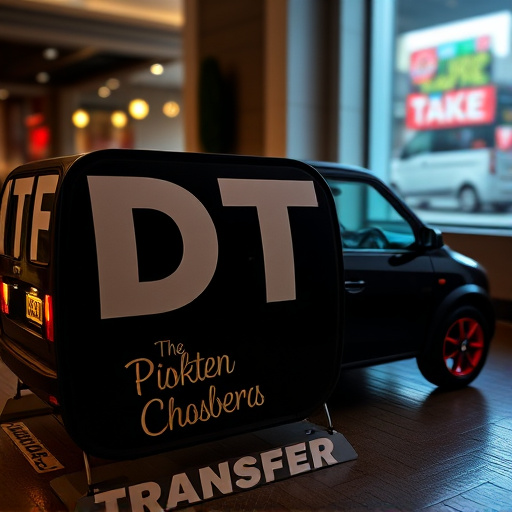
Direct-to-film (DTF) transfers are a cutting-edge printing technology that allows for incredibly high-quality and durable prints on various materials, from vinyl banners to plastic signs. This innovative process involves transferring an image directly onto a film or substrate using specialized equipment, eliminating traditional intermediate steps like plate preparation. DTF offers unparalleled precision, vibrant colors, and crisp details, making it a preferred method for businesses seeking professional-grade visual solutions.
DTF technology is particularly advantageous for commercial applications due to its speed, versatility, and cost-effectiveness. It enables quick turnaround times, allowing businesses to promptly update their marketing materials or create custom signage. Moreover, DTF prints are designed to withstand outdoor conditions, ensuring longevity and maintaining the integrity of the image even under harsh sunlight and varying weather conditions. This makes it an ideal choice for outdoor advertising, event branding, and long-lasting promotional displays.
Benefits of Commercial-Grade DTF for Business Applications
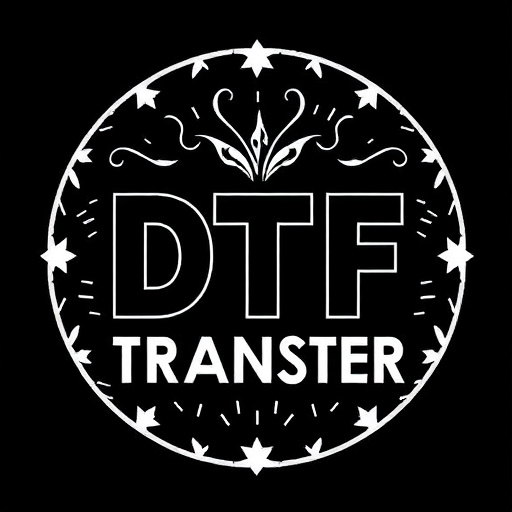
Commercial-grade direct-to-film (DTF) transfers offer a host of advantages for business applications. One of the key benefits is their durability; DTF prints are designed to withstand harsh environmental conditions, making them ideal for outdoor advertising, event signage, and retail displays where exposure to elements is common. This ensures that your marketing materials remain vibrant and legible for extended periods, maximizing the return on investment.
Moreover, DTF Printing technology allows for high-quality, crisp images with exceptional color accuracy, ensuring your brand messaging is visually appealing. These transfers are also versatile, suitable for various substrates like plastic, vinyl, and even metal, accommodating diverse business needs. This flexibility enables businesses to create custom, eye-catching displays tailored to specific locations and purposes, enhancing customer engagement and brand visibility.
The Process: From Design to Final DTF Print
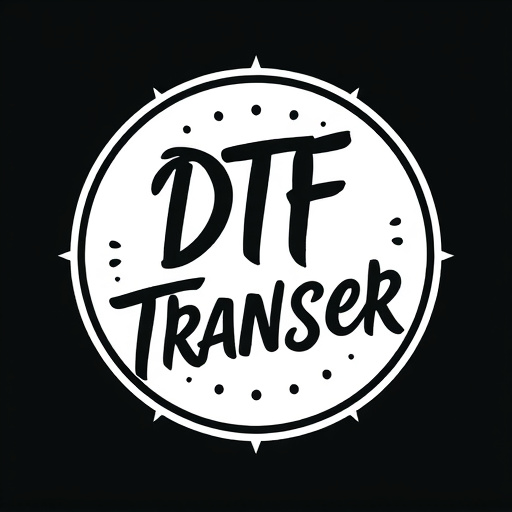
The process of creating commercial-grade direct-to-film (DTF) transfers for business applications is a meticulous art that demands precision and expertise. It begins with the initial design phase, where customers provide their desired artwork or graphics, ensuring it meets the required specifications. This digital file is then prepared for printing using specialized software, which optimizes color accuracy and ensures the final print will be of the highest quality.
Once the design is finalized, the DTF transfer process starts. The graphic is precisely printed onto a clear film using advanced inkjet technology. This film acts as a stencil, allowing only specific areas to accept paint when applied. After printing, the film is carefully cured to set the inks. Following this, the film is carefully aligned and pressed against the desired substrate, such as a metal panel or sign, and heat-activated to transfer the design. The result is a vibrant, long-lasting DTF print that offers a direct, high-quality application of graphics directly onto various surfaces.
Choosing the Right Materials and Equipment for Optimal Results
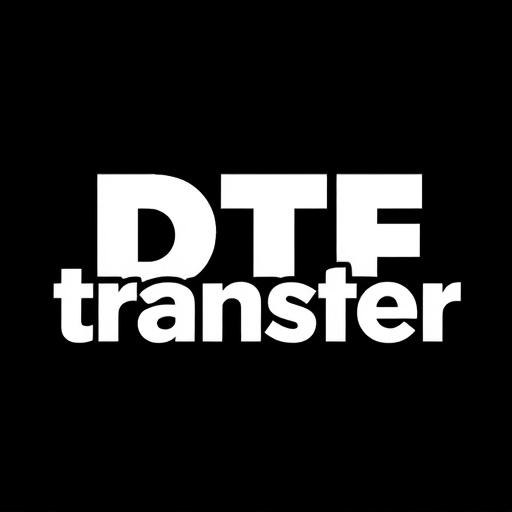
When it comes to commercial-grade direct-to-film (DTF) transfers, selecting the right materials and equipment is paramount for achieving optimal results. The quality of DTF prints heavily relies on using top-tier inks and media designed specifically for this application. High-resolution, durable vinyl or polycarbonates are preferred choices for their ability to withstand environmental factors and maintain vivid colors over time. Additionally, investing in advanced DTF printers with precise settings and calibration ensures accurate color reproduction and sharp detail in each print.
For businesses looking to excel in DTF transfer, understanding the compatibility of materials and equipment is key. This includes considering factors such as ink types (solvent-based vs. UV-curable), bed size of the printer, and post-print treatments like lamination for added protection. By carefully choosing these components, businesses can deliver exceptional DTF prints that meet their specific application requirements, whether it’s for signage, product labeling, or promotional materials.
Common Use Cases of DTF Transfers in Different Industries

Direct-to-film (DTF) transfers have revolutionized printing across various industries due to their speed, versatility, and quality. In retail, DTF is used for creating custom window graphics, signage, and promotional displays, enabling businesses to quickly adapt visuals for different campaigns or seasonal changes. The technology is also popular in the event planning sector, where it facilitates the production of high-quality banners, tablecloths, and backdrops for conferences, trade shows, and weddings, ensuring a professional and unique ambiance.
In addition, DTF transfers are increasingly being adopted by the packaging industry for short-run, personalized product packaging. This allows manufacturers to offer tailored designs without incurring the costs associated with traditional printing methods. Furthermore, the fashion industry leverages DTF Printing for creating custom t-shirts, hoodies, and accessories, catering to individual customer preferences and trends. DTF prints also find use in schools and institutions for producing personalized merchandise, event tickets, and promotional items, fostering a sense of community and belonging.
Future Trends and Innovations in Direct-to-Film Printing
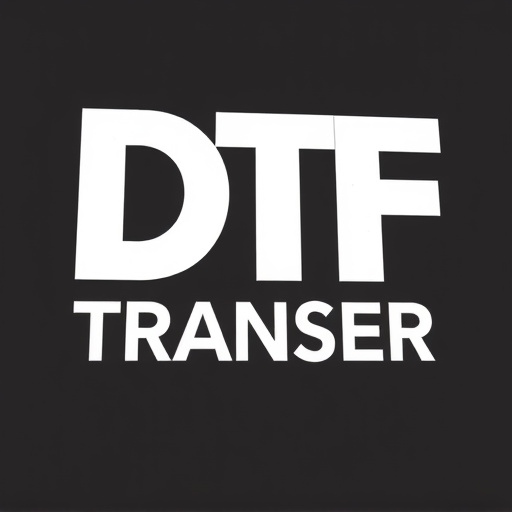
The future of direct-to-film (DTF) transfers and printing is poised for significant growth, driven by advancements in technology and evolving business needs. As businesses seek more dynamic and personalized marketing strategies, DTF transfers are set to revolutionize several sectors. Innovations such as enhanced print resolution, wider color gamuts, and faster production times will enable more intricate and visually stunning DTF prints, perfect for high-impact advertising campaigns and branded merchandise.
Additionally, the integration of digital technologies like AI and machine learning promises to streamline the design process, allowing for on-demand printing and customization at scale. This trend is particularly evident in industries like retail and pop-up events, where dynamic, location-specific content can be swiftly created and deployed using DTF transfers. With these developments, DTF Printing is poised to become a go-to solution for businesses seeking innovative and cost-effective ways to engage their audiences.
